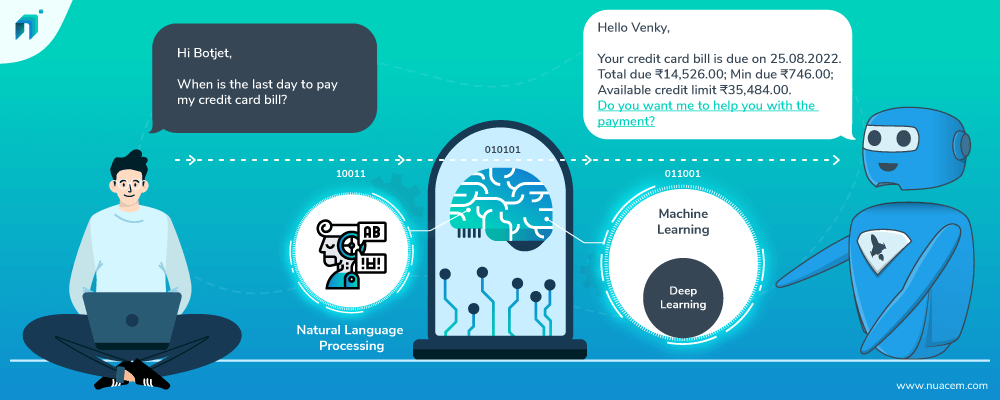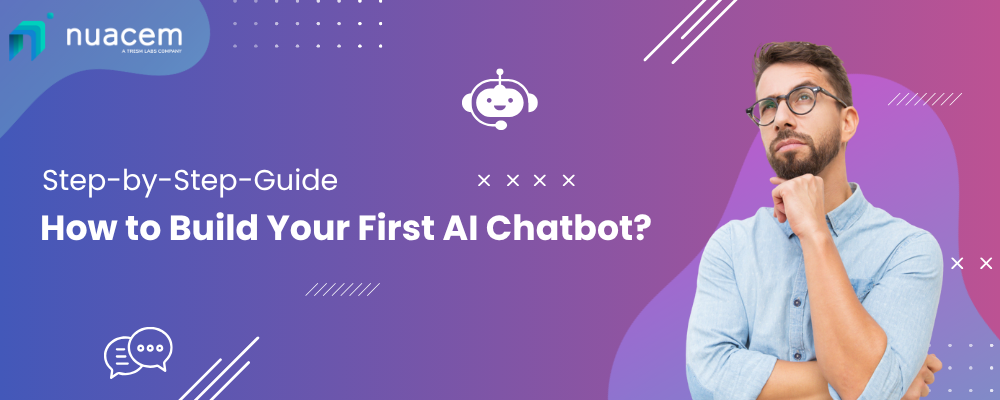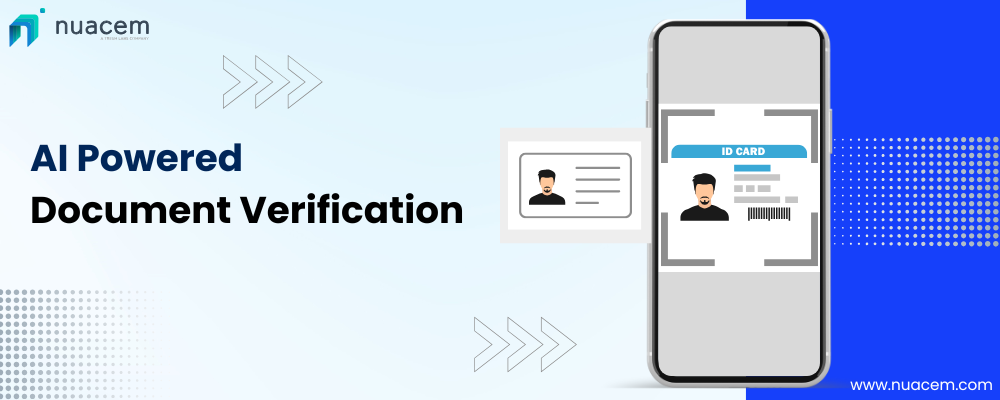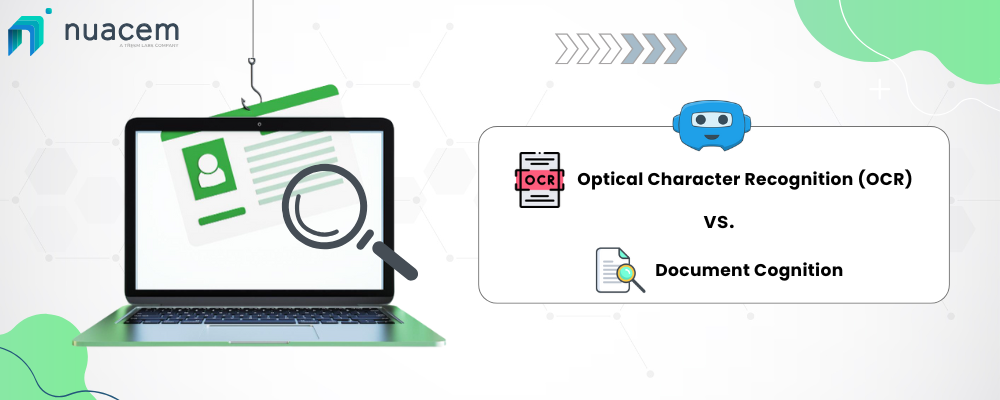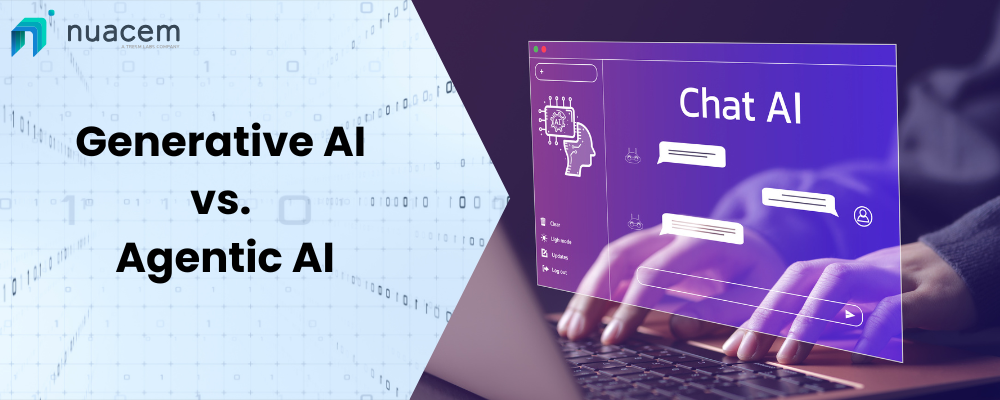Conversational AI solution has been in use for a while. They’ve shown us that we can use AI to help us with everyday tasks like ordering food or booking a taxi. But what differentiates Conversational AI from other technologies is the design that appears like conversation partners—not just automated assistants but human-like characters. These characters can interact with users in real-time and respond to their queries in natural language.
Conversational AI is broader than chatbots or voice bots
End-to-End Conversational AI platform encompasses several technologies, including natural language processing (NLP), natural language understanding (NLU), and machine learning algorithms. These technologies enable computers to interact with users in ways similar to how humans do so naturally.
We use this broader term because Conversational AI covers many technologies. For example, it uses natural language processing and machine learning algorithms for data science tools like neural networks and deep learning models.
The “conversational” part comes from the fact that these technologies are designed to understand and respond to humans in natural language, be it spoken words or text. That is a crucial differentiator between Conversational AI and other forms of artificial intelligence that don’t require human input.
Conversational AI is not just one technology. Instead, it is a basket of technologies that enable computers to interact with users in a natural and human-like way. These technologies incorporate natural language processing (NLP), natural language understanding (NLU), and machine learning algorithms.
Conversational AI delivers automated responses
Conversational AI is a collective term for all bots that use Natural Language Processing and Natural Language Understanding to deliver automated responses. This allows chatbots to appear human, even when they’re not. But it also applies to other technologies like voice search and keyword research, where words are used to find content on a website or app.
NLP relates to machine learning algorithms that can understand human language by analysing text, audio recordings, videos or other input data (such as images). The goal of these tools is simple – they analyse sentences one by one until it’s helpful for the bot’s operation and then make them work together
NLP and NLU are the backbones of Conversational AI
NLP and NLU are used in chatbots, voice bots, and other technologies like voice search and keyword research.
NLP stands for Natural Language Processing in AI, which involves using computers to recognise language patterns. For example, suppose you say, “I’m hungry”. In that case, it’s possible to use an algorithm to detect this as a command rather than something else (e.g., “I want some food”).
NLU stands for Natural Language Understanding—the ability of a computer system to interpret natural language commands given by users. AI converts the input into actions on its own with the rules stored in its memory banks (e.g., when you ask Google Assistant about directions from your current location)
The key differentiator of conversational AI is verbal communication.
The key differentiator of Chatbot vs Conversational AI is verbal communication. In other words, a human-to-bot or bot-to-human interaction is the critical way conversational AI differs from traditional chatbots and other forms of artificial intelligence.
A few examples are as follows:
Human: “I like this song.”
Bot: “You like this song?”
Verbal communication is the interaction between a human and a bot, or just between one human and another. This type of interaction can occur through text chat, voice messages, or phone calls.
With AI powered chatbots, you can use your voice to ask the bot questions and have it respond with answers. For example, if someone asks, “What time is it?” a bot could reply with either “It’s 2:30 pm” or “It’s 5:30 pm.” These responses would then be spoken aloud by the intelligent virtual assistant
Not all Conversational AI uses verbal communication
Conversational AI is a collection of all bots that use Natural Language Processing (NLP) and Natural Language Understanding (NLU) which are virtual AI technology, to deliver automated conversations.
NLP: The ability to understand human language, primarily written or spoken text.
NLU: The ability to produce text in response to specific requests or commands.
Summing up
The key differentiator of conversational AI is verbal communication. Communicating with humans through speech or text sets a bot apart from other technology. Knowing how your company can get started in this new field is essential because there are many opportunities out there—and they’re only going to get bigger!

